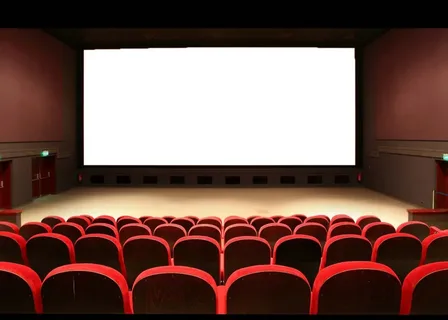The Essence of Poetic Cinema
Poetic cinema, often characterized by its emphasis on mood and emotion over traditional narrative structures, offers a unique approach to filmmaking. Unlike conventional cinema that typically prioritizes plot and dialogue, poetic cinema delves deeply into the abstract and the symbolic. This genre utilizes visual and auditory elements to evoke feelings and create a meditative experience for the audience. The essence of poetic cinema lies in its ability to transcend literal interpretations and engage viewers on a more intuitive and emotional level. By focusing on the aesthetics of film, including camera work, lighting, and sound, poetic cinema crafts an immersive world that invites personal reflection and interpretation.
Key Characteristics and Techniques
One of the defining features of poetic cinema is its use of unconventional narrative techniques. Filmmakers in this genre often employ fragmented storytelling, non-linear sequences, and a heavy reliance on visual metaphors. The narrative might not follow a traditional beginning, middle, and end but instead offer a series of evocative images and sounds that suggest themes and emotions. Techniques such as slow motion, dream-like sequences, and abstract imagery are commonly used to enhance the poetic nature of the film. Additionally, the soundtrack plays a crucial role in setting the tone and reinforcing the film’s emotional landscape. By integrating these elements, poetic cinema creates a unique space where the boundaries between reality and imagination blur.
Notable Examples and Influences
Throughout film history, several directors have become renowned for their contributions to poetic cinema. One prominent example is Andrei Tarkovsky, whose films like “Solaris” and “Mirror” are celebrated for their philosophical depth and visual poetry. Tarkovsky’s use of long takes and metaphysical themes has had a lasting impact on the genre. Another influential filmmaker is Terrence Malick, known for his meditative approach and emphasis on natural beauty, as seen in films like “The Tree of Life.” The influence of these directors is evident in contemporary filmmakers who continue to explore and expand the boundaries of poetic cinema. Their work reflects a rich tradition of blending art and cinema to create profoundly moving and visually stunning experiences.
The Impact and Future of Poetic Cinema
Poetic cinema has a significant impact on both audiences and the broader film industry. For viewers, it offers a different kind of engagement, encouraging introspection and a deeper appreciation for the artistic aspects of filmmaking. This genre challenges conventional storytelling and invites audiences to experience film in a more sensory and emotional way. As for the future, poetic cinema continues to evolve, with emerging filmmakers experimenting with new techniques and technologies. The rise of digital media and virtual reality presents exciting possibilities for expanding the boundaries of poetic expression in film. As the genre adapts to these changes, it remains a vital and innovative force in the cinematic landscape.
Poetic cinema invites us to experience film as an art form that transcends traditional storytelling. Its emphasis on visual and auditory beauty, combined with unconventional narrative techniques, creates a space for personal reflection and emotional depth. With a legacy of influential filmmakers and an evolving future, poetic cinema continues to inspire and challenge the way we perceive and appreciate the art of filmmaking.peotical cinema

